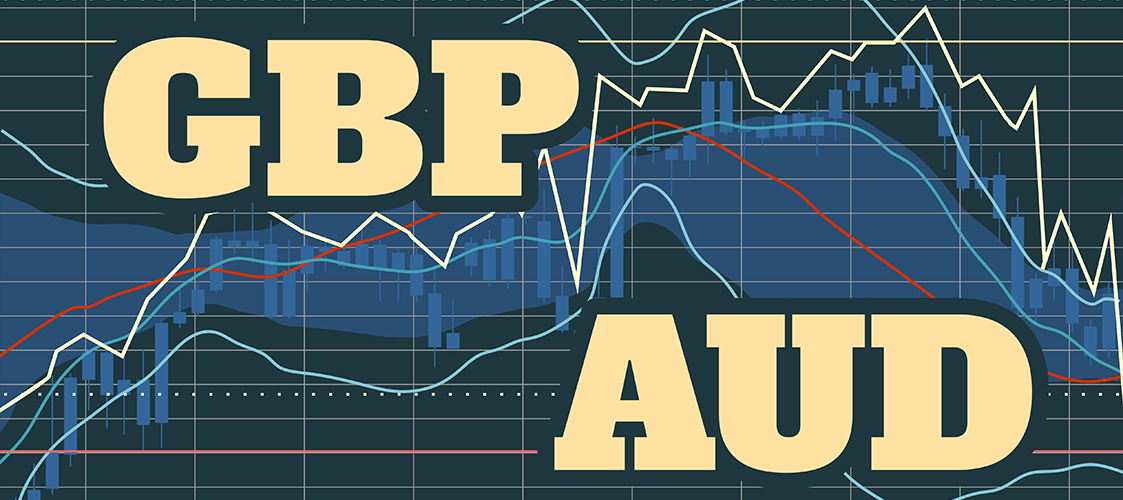 Author, Mike Smith
Author, Mike Smith
Last Updated on August 21st 2024
In this article, I’ll take a look at the best and cheapest ways to transfer money internationally, how the process works, and make sure you know how to get the most value from transfer.
What is the Best Way to Transfer Money Internationally?
An international bank transfer is usually the best way to transfer money internationally because it is secure, quick, and cheaper than other methods. Alternative options such as debit and credit card payment or Apple Pay are available and may provide quicker transfer times but they also come with added charges.
A bank or money transfer company can carry out an international bank transfer for you.
An international bank transfer takes 1-5 working days, depending on the destination. Transfers within Europe are quicker than elsewhere.
There are no legal limits on how much money you can send abroad using an international bank transfer.
However, you may find your bank will set a daily online limit.
An international bank transfer is the same thing as a wire transfer, telegraphic transfer, or international money transfer.
You are transferring money between banks based in different countries.
What is the Cheapest Way to Transfer Money Internationally?
The cheapest way to transfer money internationally is to use independent services such as a currency broker, or online transfer platform/app. These transfer providers will charge a lot less in fees and offer much more competitive exchange rates for transferring money internationally than a traditional bank.
Compared to a bank, a money transfer company can save you around 3%-4% of the money you are looking to send abroad.
Not all money transfer companies are the same though.
Some money transfer companies specialise in sending money to specific countries and so are more competitive in certain currencies.
Others are just apps or online-only operators. There is no human contact.
Some money transfer companies are better suited to larger transfers because you can speak to someone throughout the process.
I will give you a quick overview of the main operators to help you decide what is best for you.
How to Choose the Right Money Transfer Company for Your International Money Transfer
People don’t want endless choices; they want to make the right choice.
So let me make the decision a lot easier for you.
Money transfer companies broadly fall into three categories:
- Remittance – cash transfers
- Apps and online systems – tech-based payments
- Currency brokers – a person-to-person service
Remittance Companies
Remittance companies are great for someone who wants to send cash quickly to relatives in another country.
It might surprise you to know that sending cash can be the fastest way to transfer money internationally. The reason is because cash transfers don’t have to clear through the banking system.
The person receiving the money doesn’t even need to have a bank account. They just need to show some identification.
However, cash remittance companies have limits on how much money you can send.
They are generally best for smaller sums (under £2,000) as it is a more costly way of sending money overseas.
Western Union and MoneyGram dominate the global remittance industry. They both have a physical presence that spans just about every corner of the world.
These days, they have plenty of other competitors too. I won’t list them all, but as a quick tip, Azimo and WorldRemit are often cheaper than the two giants.
Money Transfer Apps
The apps and online platforms are a new breed of digital payments companies. You sometimes hear them being described as “fintech”.
Money transfer apps are a pure technology-driven way of sending money abroad.
Put simply; they offer do-it-yourself software.
Once again, there’s a whole host of competition in the sector.
The best-known money transfer apps are Wise (formerly TransferWise), Revolut, Paysend, CurrencyFair, and PayPal.
One drawback is there is no human contact.
If you have a problem or a query, it’s all done via webchat or email. They essentially leave everything up to you.
The attraction of money transfer apps is you that some people like an all-tech solution.
While the exchange rates are normally very competitive, be aware that some apps charge you fees on every transfer.
Currency Brokers
Currency brokers tend to be more popular for people looking to transfer a large amount of money internationally
A lot of people (including myself) aren’t comfortable sending a large amount of their money using an app or online system.
What’s more, many customers aren’t overly familiar with foreign exchange and appreciate some help and guidance on when to exchange their money and make sure the international payment details are right.
As currency brokers can offer personal assistance, they tend to suit people sending larger sums who would prefer to speak to someone.
This includes helping you with the payment set-up, communication throughout the entire process, and even guidance on exchange rates.
That’s where we fit in.
Key Currency is an independent currency broker. We provide an international money transfer service.
Our exchange rates are highly competitive, we charge no fees and we give you a helping hand.
What are the Steps to Transfer Money Internationally (only 4!)
Step 1: Identification check
All new customers making an international transfer need to be identified due to global anti-money laundering regulations.
Fortunately, this step is a lot easier these days.
Residents of the UK can often be identified automatically using passport and address details.
You may need to email a photo of your passport and a recent bill if you can’t be identified automatically.
A lot of companies will ask you to provide the recipient’s bank details at this stage too.
Normally, this step is completed on the same working day.
Step 2: Secure an exchange rate
As exchange rates change every few seconds, you will be quoted the current rate by your bank or money transfer company.
The exchange rate is locked in for you if you are happy to go ahead.
If you don’t want to proceed, you can wait until another time.
Step 3: Send in your money
Your money will need to be received by your bank or money transfer company before it can be converted to another currency.
If you use a bank, they will need the money to be available in your bank account.
Alternatively, a money transfer company will provide you with the details of their client’s bank account, and you can arrange your payment.
Step 4: Your money is converted and sent out
When your money arrives, it will be converted into the currency you need at the exchange rate agreed upon and sent to the recipient’s bank account.
That’s it.
How to Safely Transfer Money Internationally
No matter which way you send money abroad, the main thing is to use an FCA-regulated business.
Unregulated companies are not required to adhere to the same stringent rules and regulations that are put in place to protect customers.
A company that is Authorised and Regulated by the Financial Conduct Authority must segregate customer funds.
What this means in plain English is a regulated company must use a separate and safeguarded bank account for client transactions.
You can check if a company is FCA-regulated by searching for its name in the Financial Services Register.
If you are sending large amounts of money overseas, an international bank transfer is considered a safe way because it utilises the SWIFT payment network.
SWIFT is a highly secure and reliable payment method that’s been around for over four decades.
What Information Do You Need to Transfer Money Internationally?
To transfer money internationally, you need to provide information about the recipient and their bank.
- The name and address of the person receiving the money.
- The bank receives the money.
- SWIFT code of the bank (also known as a BIC).
- Recipient’s account number or IBAN.
The person receiving the money can be the same as the person sending the money. That’s not a problem.
You can get the bank information either online or by looking at a statement.
A SWIFT code (or BIC) identifies a bank. It’s not private information.
The IBAN (International Bank Account Number) is usually the part that gets people confused because it is a long string of letters and numbers.
Here’s a good website that will show you the IBAN structure for each country. A currency broker can help you with this step.
We’ve now also created an IBAN check and validation tool for you, so you can confirm whether yours, or a recipient’s IBAN, is correct.
Key Currency is a leading currency broker. One thing that sets us apart from most money transfer companies is that we provide a person-to-person service for all money transfers internationally. As part of our service, we discuss and agree on the right time to exchange your money, rather than using a bank or online-only platform and having to accept whatever rate they give you on the day. As a company, we are open and transparent. The names and faces of our people are shown on our About Us page. We have attained a 5-star “Excellent” customer rating on Trustpilot based on over 2,500 verified reviews. What’s more, Key Currency is an Authorised Payment Institution regulated by the Financial Conduct Authority (No.753989). For your peace of mind, we use safeguarded bank accounts for all money transfers. If you need to transfer money internationally, why not request a free quote and find out how much you can save?Who are we?






 Author,
Author, 
